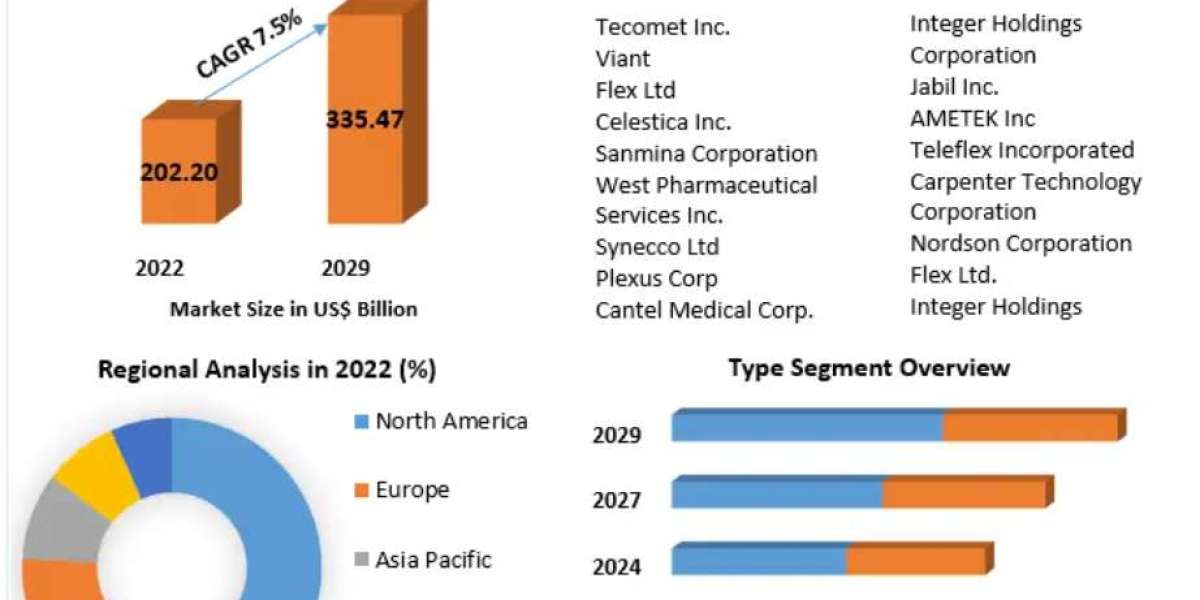In today's rapidly evolving global marketplace, the landscape of warehousing and logistics is undergoing a profound transformation. From the integration of cutting-edge technologies to the implementation of sustainable practices, the future of warehousing is being shaped by a myriad of innovations and trends. As businesses strive to stay competitive and meet the ever-changing demands of consumers, understanding and adapting to these advancements is crucial for success.
Advanced Robotics and Automation
One of the most significant developments in warehousing is the increasing utilization of advanced robotics and automation. From autonomous mobile robots (AMRs) to robotic pickers and packers, these technologies are revolutionizing traditional warehouse operations by enhancing efficiency, accuracy, and speed. With the ability to handle repetitive tasks and operate 24/7, robots are reshaping the way goods are stored, picked, and shipped, leading to significant cost savings and improved productivity.
Data Analytics and Predictive Modeling
In the age of big data, leveraging analytics and predictive modeling is becoming essential for optimizing warehouse performance. By analyzing vast amounts of data on inventory levels, customer demand patterns, and supply chain dynamics, businesses can make more informed decisions regarding inventory management, resource allocation, and order fulfillment. Predictive analytics also enable proactive problem-solving, allowing warehouses to anticipate potential bottlenecks or disruptions and take preemptive action to mitigate risks.
Sustainable Warehousing Practices
As environmental concerns continue to rise, sustainability has become a key focus for warehouses and logistics providers. From reducing energy consumption and minimizing waste to implementing eco-friendly packaging solutions, companies are increasingly adopting sustainable practices to minimize their carbon footprint and meet consumer expectations for environmentally responsible operations. By embracing sustainability, warehouses not only contribute to a greener planet but also enhance their brand reputation and attract eco-conscious customers.
Integration of 3PL Services for E-commerce
In the rapidly expanding world of e-commerce, the demand for efficient and scalable logistics solutions has never been higher. Third-party logistics (3PL) providers play a crucial role in meeting this demand by offering specialized services tailored to the unique needs of online retailers. From order fulfillment and inventory management to transportation and reverse logistics, 3PL services for e-commerce allow businesses to focus on core competencies and achieve greater flexibility and agility in their supply chain.
Emergence of Micro-Fulfillment Centers
With the growing popularity of same-day and next-day delivery options, the concept of micro-fulfillment centers (MFCs) is gaining traction in the warehousing industry. These compact, automated facilities are strategically located in urban areas to minimize delivery times and reduce transportation costs. By bringing inventory closer to the end consumer, MFCs enable faster order processing and more efficient last-mile delivery, making them a viable solution for meeting the evolving expectations of today's on-demand economy.
Conclusion
The future of warehousing is brimming with innovation and opportunity. From the widespread adoption of robotics and automation to the integration of data analytics and sustainability initiatives, warehouses are undergoing a profound transformation to meet the demands of an increasingly complex and dynamic supply chain landscape. By embracing these innovations and trends, businesses can position themselves for success in the evolving world of logistics and e-commerce.







